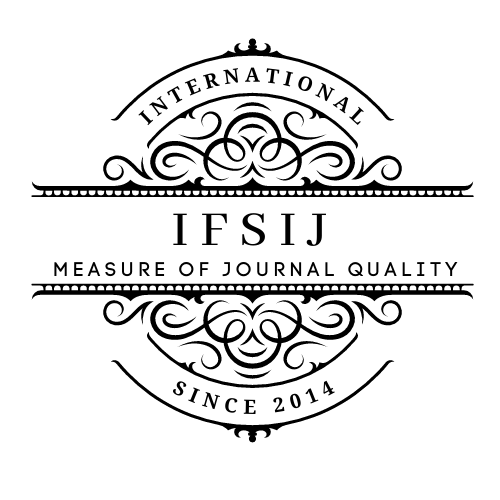INFECTIOUS RISKS AND COMPLICATIONS DURING DENTAL ANESTHESIA IN THE CONTEXT OF COVID-19
Keywords:
Risk factors COVID-19, Local Anesthesia,(Surface) Anesthesia Sedation, General Anesthesia.Abstract
The COVID-19 pandemic has significantly affected all fields of medical practice, including dentistry. Dental procedures, particularly those involving anesthesia, are associated with an increased risk of infection transmission due to the formation of aerosols and close contact between the dentist and the patient. In the context of COVID-19, these factors require strict adherence to infection control protocols and the careful selection of anesthesia methods. Patients who have recovered from COVID-19 may present with post-infectious complications such as cardiovascular instability, respiratory dysfunction, and impaired immune responses, which can influence the effectiveness and safety of anesthetic agents. Therefore, dentists should consider both the infectious risks and the systemic effects of COVID-19 when choosing anesthetic techniques and dosages. The implementation of enhanced preventive measures, including pre-procedural screening, the use of personal protective equipment, and the preference for local over general anesthesia when possible, reduces the likelihood of cross-infection and anesthesia-related complications. Understanding these risks is crucial for ensuring patient safety and optimizing dental care during and after the COVID-19 pandemic. Anesthesia plays a crucial role in modern dentistry, ensuring pain-free treatment and patient comfort. Various methods of anesthesia are used depending on the type of dental procedure, patient’s health condition, and individual pain threshold. However, despite significant progress in anesthetic techniques, complications may still occur. This article reviews the main methods of anesthesia in dentistry and discusses their potential complications. Most side effects of general anesthesia occur immediately after your operation and don’t last long. Once surgery is done and anesthesia medications are stopped, you’ll slowly wake up in the operating room or recovery room. You’ll probably feel groggy and a bit confused. You may also feel any of these common side effects:Nausea and vomiting. This common side effect usually occurs immediately after the procedure, but some people may continue to feel sick for a day or two. Anti-nausea medicines can help. Dry mouth. You may feel parched when you wake up. As long as you’re not too nauseated, sipping water can help take care of your dry mouth. Sore throat or hoarseness. The tube put in your throat to help you breathe during surgery can leave you with a sore throat after it’s removed. Chills and shivering. It’s common for your body temperature to drop during general anesthesia. Your doctors and nurses will make sure your temperature doesn’t fall too much during surgery, but you may wake up shivering and feeling cold. Your chills may last for a few minutes to hours. Confusion and fuzzy thinking. When first waking from anesthesia, you may feel confused, drowsy, and foggy. This usually lasts for just a few hours, but for some people — especially older adults — confusion can last for days or weeks. Muscle aches. The drugs used to relax your muscles during surgery can cause soreness afterward. Itching. If narcotic (opioid) medications are used during or after your operation, you may be itchy. This is a common side effect of this class of drugs. Bladder problems. You may have difficulty passing urine for a short time after general anesthesia. Dizziness. You may feel dizzy when you first stand up. Drinking plenty of fluids should help you feel better.
Downloads
Published
Issue
Section
License

This work is licensed under a Creative Commons Attribution-NonCommercial-NoDerivatives 4.0 International License.















